There are rattlesnakes on the Pacific Crest Trail all the way between Canada and Mexico. And I saw a lot of them, which got me to thinking about rattlesnake bite first aid in the wilderness.
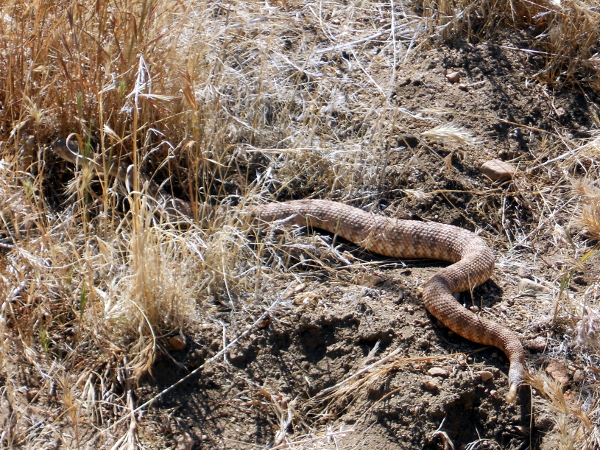
Wilderness medicine applies when you’re more than an hour away from definitive medical care (i.e. a hospital), which is pretty much most of the trail.
For a rattlesnake bite, my National Outdoor Leadership School-Wilderness Medicine Institute Wilderness First Responder training tells me that the patient should ideally avoid walking and they need to be evacuated. Definitive care for a patient with an envenomed rattlesnake bite is treatment with anti-venom at a medical facility.
So, I’m hours and sometimes days away from definitive medical care on the trail. I got here by walking. The way out is by walking. But if I or another hiker are bitten by a rattlesnake, I shouldn’t walk but I need to get off the trail and out to a hospital. Seems to me a judgment call is in the making.
Adding to the judgment call is whether the bite is from a Southern Pacific Rattlesnake, Northern Pacific Rattlesnake, or Mojave Green Rattlesnake. All three have hemotoxic venom (causes swelling, internal bleeding, and pain). The Mojave Green also has a neurtoxic venom (causes weakness, numbness, paralysis, difficulty breathing, difficulty speaking). A bite from a Mojave Green would add some urgency to the evacuation.
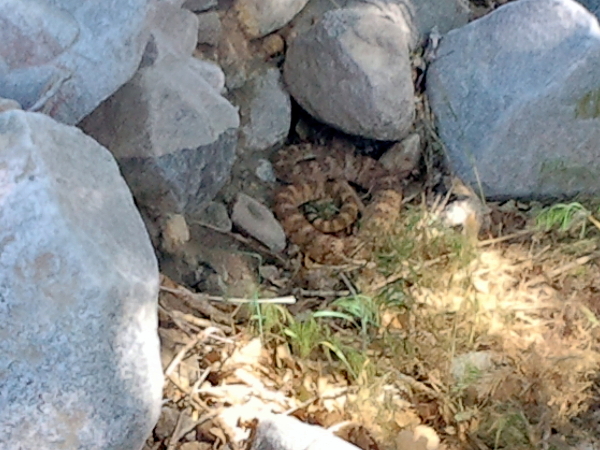
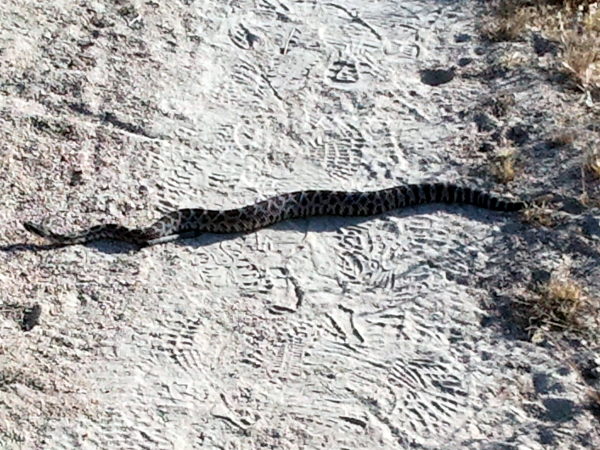
I came across Treating Rattlesnake Bites in the Field by Paul Auerbach at OutdoorEd.Com’s Wilderness First Aid Blog. The article has a few suggestions that help with the judgment call.
Here’s how I approach rattlesnake bite first aid on the trail.
DO
- Scene safety. Retreat out of the striking distance of the snake.
- Keep yourself and the patient calm.
- Remove constricting clothing and jewelry.
- As with any bite wound, wash with soap and water.
- Splint the extremity.
- Avoid elevating the injury.
- Avoid any harmful and unproven treatments.
- Monitor.
- If you are many hours or days from a hospital and the signs and symptoms are not severe or not yet severe, evacuate the patient by assisting to walk out allowing for frequent rest breaks and adequate hydration.
- If you are many hours or days from a hospital and the signs and symptoms are severe or get severe, evacuate rapidly by arranging for a litter or helicopter rescue (use a SPOT-type device).
DO NOT
- Do not try to catch or kill the snake.
- Do not use a snake bite extractor pump.
- Do not try to cut the bite and suck the venom out.
- Do not give “snake bite medicine,” err, whiskey.
Maybe save the whiskey for the rescuers after completing the evacuation …

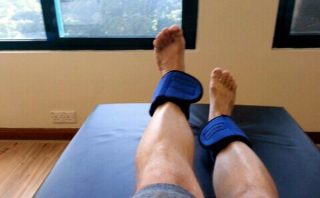
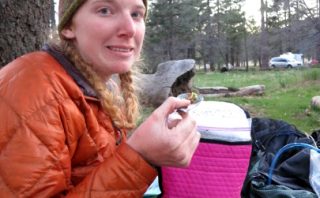
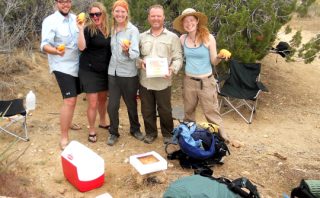
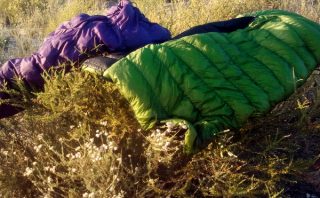

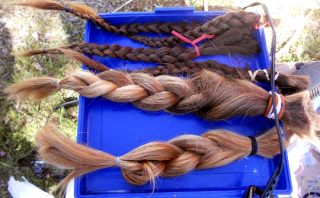
This is a really informative article. I always thought that sucking out the poison was the correct thing to do. I’d be really interested in reading a review of your first aid kit.
Glad you found the article informative. Did you find my first aid kit review? Here’s a link to my post Post PCT Wilderness First Aid Kit Review and Improved Lightweight Wilderness First Aid Kit.
Great information. I didn’t realize the “cutting the wound and sucking out the poison” is not an option anymore. Great website. Looking forward to more information regarding wilderness first aid.
Glad you liked the article. I’m writing a review of my first aid kit. Have it ready in early January. Probably have something on blister care. I had more than my share. I like wilderness first aid so imagine there will be some more, too.